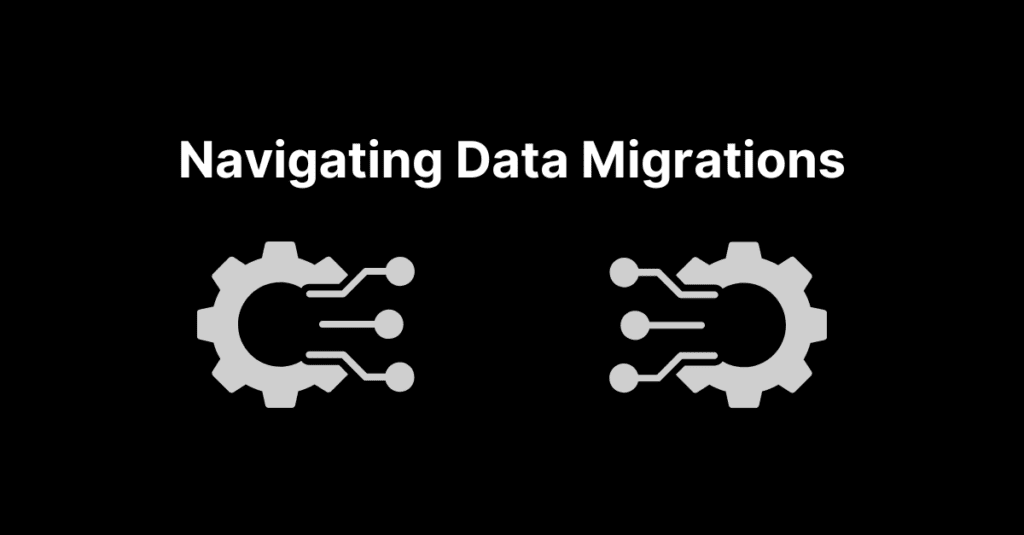In a shakeup for customers and advisors alike, Charles Schwab has acquired TD Ameritrade. As a result of this merger, all TD Ameritrade clients, advisors, and accounts were all moved from TD Ameritrade to Charles Schwab. Additionally, all TD Ameritrade systems and portals were taken down and all assets moved to Charles Schwab. The official Schwab TD accounts transition had a deadline of September 2nd, 2023.
For TD Ameritrade customers who are feeling unsure in the wake of the industry’s largest data migration process to-date, BridgeFT can serve as a data partner to help you navigate through the process. This article will overview the Schwab TD merger and explain the account transition process the BridgeFT team implemented on behalf of our WealthTech API users.
What steps were advised before the conversion took place?
Mergers the size of the Schwab TD merger are always hectic and – with so much data moving around at once – there’s almost always the risk of incorrect or incomplete data. As such, there are a few important steps that should be noted to ensure that everything runs smoothly during the conversion process.
- Sign the Charles Schwab Master Account Agreement
- Receive Schwab Advisor Center credentials
- Explore and get familiar with the Schwab Advisor Center platform
- Configure users and get familiar with your firm’s new Master Accounts
For an in-depth review of the transition process, you can check out the complete Conversion Guide from Charles Schwab. Here are a few more actions to be taken during and after the conversion weekend:
- Convert Data Points: If you store account numbers, rep codes, or select security identifiers then you must convert these from TDAI to Schwab format.
- Residual Transactions: Manage residual transactions originating from the TDAI platform for up to 90 days post-conversion.
- Sept 5th Deadline: As of September 5, 2023, you will need to solely leverage the Schwab file feeds and APIs for all integration needs.

How BridgeFT can help you navigate the Schwab TD merger (and other data migrations alike)
By bringing more transparency to the data transition process, BridgeFT ensured that all its clients had confidence in their data when the conversion took place. With BridgeFT, companies can still access their historical data no matter what timeframe they search within. Additionally, clients who partnered with BridgeFT for the Schwab TD merger ensure that they are prepared for any future mergers, splits, or acquisitions.
BridgeFT leverages a data continuity approach to maintain the internal BridgeFT identifiers that are created for Account Numbers and Advisor Codes throughout the conversion. Keeping these two identifiers the same ensures that existing clients would not have to make any significant changes to their internal processes and data lakes. Leveraging internal BridgeFT identifiers also helps maintain continuity for Historical Data and Billing Engine while preventing any data gaps within the Performance Reporting Engine.
By leveraging BridgeFT’s data continuity approach, businesses could resume business as usual before, during, and after the Schwab TD merger without it impacting their previous processes.
BridgeFT is able to keep things running smoothly by assigning each data point with an internal ID – not an Account Number or Advisor Code. Typically, Account Numbers and Advisor Codes are generated at the custodian. By sidestepping this process, BridgeFT has the flexibility to properly retain and organize the data without being tied to the decisions of the custodians.
By staying up to date and communicating all of this with our clients, BridgeFT aimed to reduce the stress and the additional work associated with such a significant transition.
How does this impact current BridgeFT WealthTech API clients?
All internal designations of accounts remained intact throughout the Schwab TD Merger.
However, going forward when filtering or calling APIs based on Account Numbers and Advisor Codes, users should be utilizing the newly assigned Schwab Sub-Account Numbers and Master Account Numbers, instead of the TD Ameritrade designations.
What does this mean for the TD Schwab transition and mergers in the future?
During any major acquisition, such as the TD Schwab transition, a company’s data has the potential to be lost or negatively impacted. This is because there are tens of thousands of accounts being migrated at once during massive data migrations. With so many pieces of data moving at once, it’s easy for accounts to be impacted by data gaps or other inaccuracies.
By partnering with a company like BridgeFT, you’ll get access to a provider that has decades of experience handling sensitive data – specifically with financial organizations. We can help you stay on top of critical measures, ensuring that your business is unaffected by the transition. With BridgeFT’s unique processes of transferring data, your business will experience zero interruptions and continue to operate business as usual.
If you have more questions related to the Schwab TD accounts transition, then please reach out to a BridgeFT representative to learn more about the services we provide for our clients.

